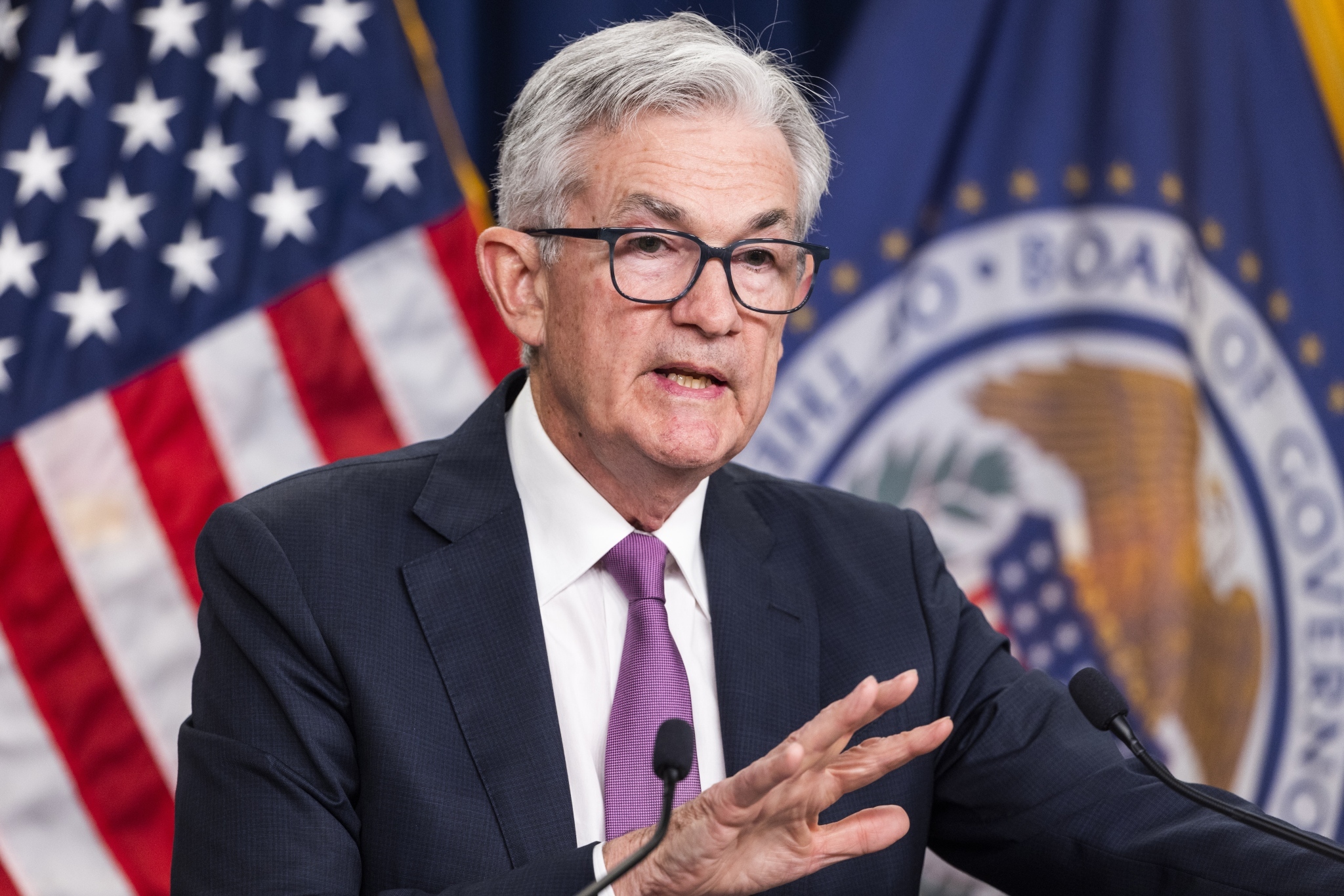
In this era full of black humor in finance, the Federal Reserve seems to be striving to portray itself as an artist walking on a tightrope, holding inflation data in its left hand and policy levers in its right hand, trying to find a balance between the illusions of "economic growth" and "financial stability". On April 17th, Chairman Powell's speech was like a carefully choreographed talk show, with both a helpless compromise on reality and an optimistic outlook for the future. However, the contradictions and satire revealed between the lines made the performance particularly absurd.
Mr. Powell used his signature cautious tone to tell us that the PCE inflation rate in March was "only" 2.3%, with core inflation at 2.6%, as if everything was under control. But such a statement inevitably reminds people of the Soviet official who claimed that "bread prices are about to fall", still smiling and declaring victory in the face of empty shelves. In fact, there is an unsettling gap between the true feelings of ordinary households when faced with price tags in supermarkets and these carefully crafted data.
Even more ironic is that the Federal Reserve emphasizes that inflation is close to its target, while also harshly criticizing the possibility of tariffs pushing up inflation. This divisive attitude is like telling a child, 'You can eat sugar, but eating sugar will cause tooth decay, so it's better not to eat it.' Logically, it's self consistent, but in reality, it's contradictory. As a product of political games, the economic consequences of tariff policies have long exceeded the predictive ability of traditional economic models, and the Federal Reserve is trying to measure this uncertainty with precise percentages. How naive!
The think tank predicts that the year-on-year GDP growth rate in the fourth quarter will only be 0.1%, and the probability of recession is as high as 40%. Behind these numbers is the ongoing "zombie recovery" of the US economy - the stock market has repeatedly hit new highs, while the real economy is struggling; Tech giants have impressive financial reports, while small and medium-sized enterprises are struggling in the quagmire of debt. Mr. Powell's use of the euphemism 'economic growth may slow down' attempts to conceal a fact: the 'growth' of the US economy increasingly relies on the magic of financial engineering rather than the robustness of the real economy. This growth model reminds people of the promise of medieval alchemists to turn lead into gold. Now, the Federal Reserve and the wizards of Wall Street are trying to use low interest rates and quantitative easing as a litmus test to turn debt into prosperity. But history tells us that all magic will fail at some time. When the debt foam bursts, those seemingly solid growth figures will collapse like sand castles.
Powell denies the use of "Fed put options" and emphasizes the prudence of policy adjustments. This posture is reminiscent of the craftsman who claims that 'there are still many tools in the toolbox', feeling helpless when faced with a rusty wrench and a pile of complex problems. In fact, the Federal Reserve's policy toolbox has long run out of ammunition in years of quantitative easing. Now, all they can do is adjust the grip angle of the wrench and pretend to be able to solve all the problems.
And the tariff policy has pushed the Federal Reserve into a dead end. On the one hand, tariffs drive up import costs and exacerbate inflationary pressures; On the other hand, the trade war triggered by tariffs threatens the global supply chain and suppresses economic growth. In this contradictory policy environment, the Federal Reserve is like a ballet dancer dancing in a minefield, with every move potentially triggering disaster.
The Federal Reserve's performance of "magical realism" reflects the profound dilemma of the contemporary US economy - in the midst of the backlash of globalization and political games, economic policies are gradually losing direction. The helplessness of Powell's group is a concentrated manifestation of systemic contradictions. In this era, true rationality may lie in acknowledging its limitations and stopping using sophisticated mathematical models to mask the complexity of reality.
As ordinary observers, we can only find a glimmer of clarity in the absurdity: when policy makers become addicted to digital games and forget that the essence of economic activity is human interaction, any seemingly ingenious policy design is nothing but a castle built on the beach. Perhaps it's time for economists to reduce formula deduction and go more into supermarkets, factories, and ordinary households to experience the real pulse that data ignores. After all, economics is not mathematics, but an art about human survival.

Since 2022, the Fed has cumulatively reduced its balance sheet by $2.4 trillion through quantitative tightening (QT) policies, leading to a near depletion of liquidity in the financial system.
Since 2022, the Fed has cumulatively reduced its balance sh…
On December 11 local time, the White House once again spoke…
Fiji recently launched its first green finance classificati…
Recently, the European Commission fined Musk's X platform (…
At the end of 2025, the situation in the Caribbean suddenly…
The U.S. AI industry in 2025 is witnessing a feverish feast…